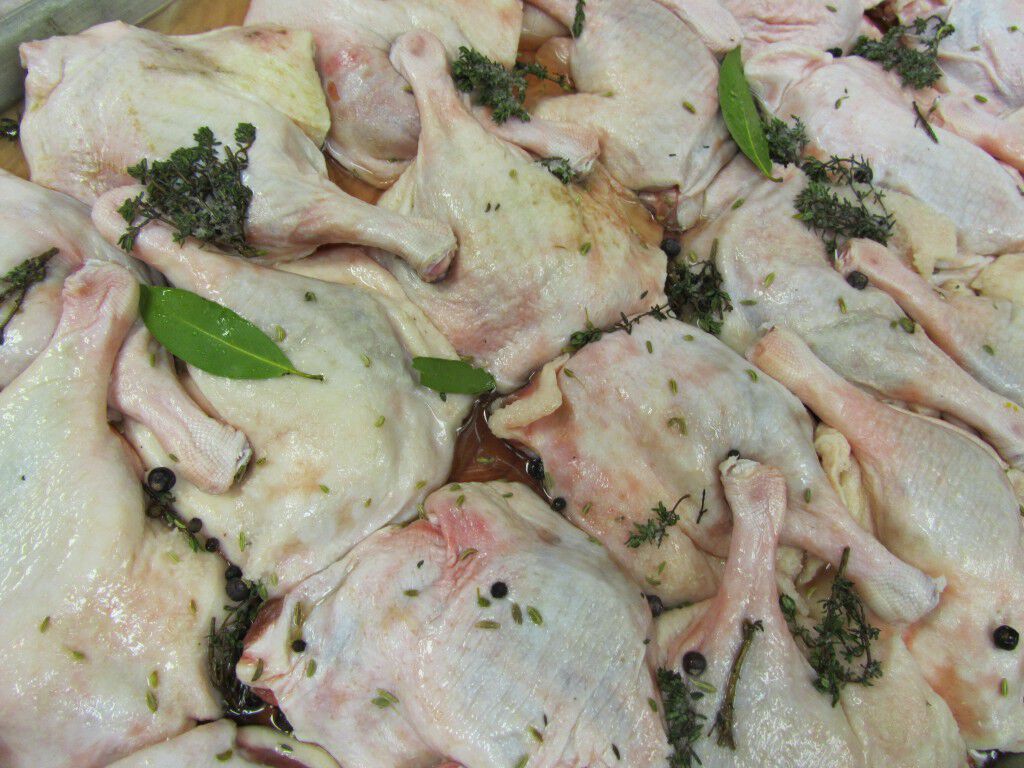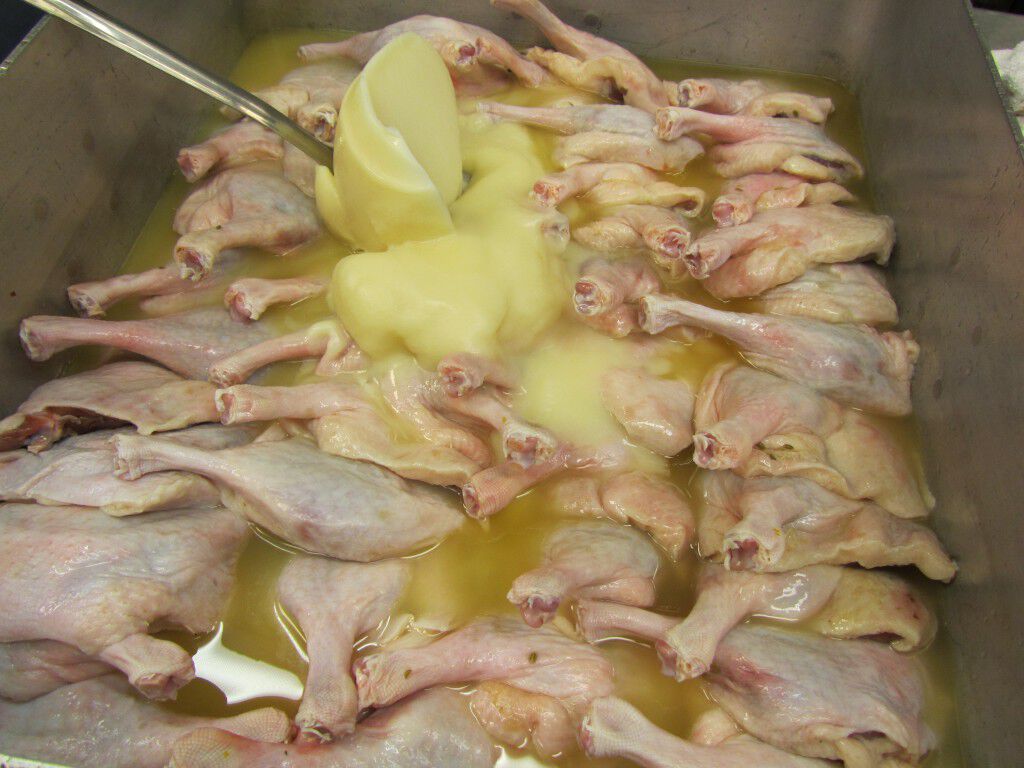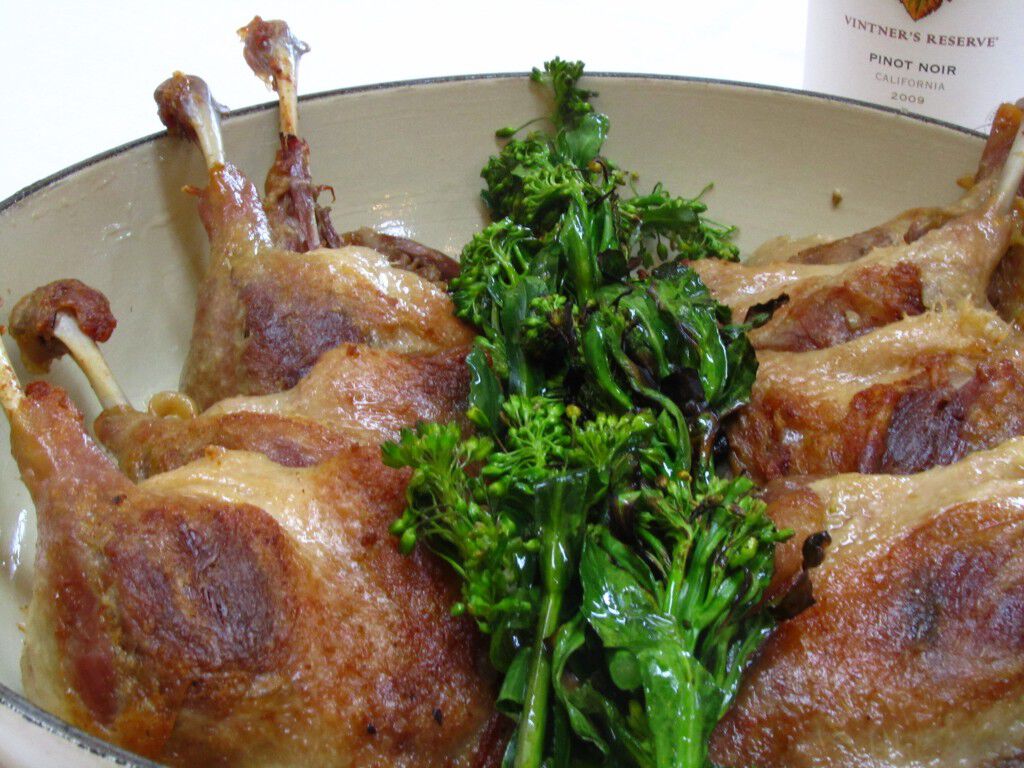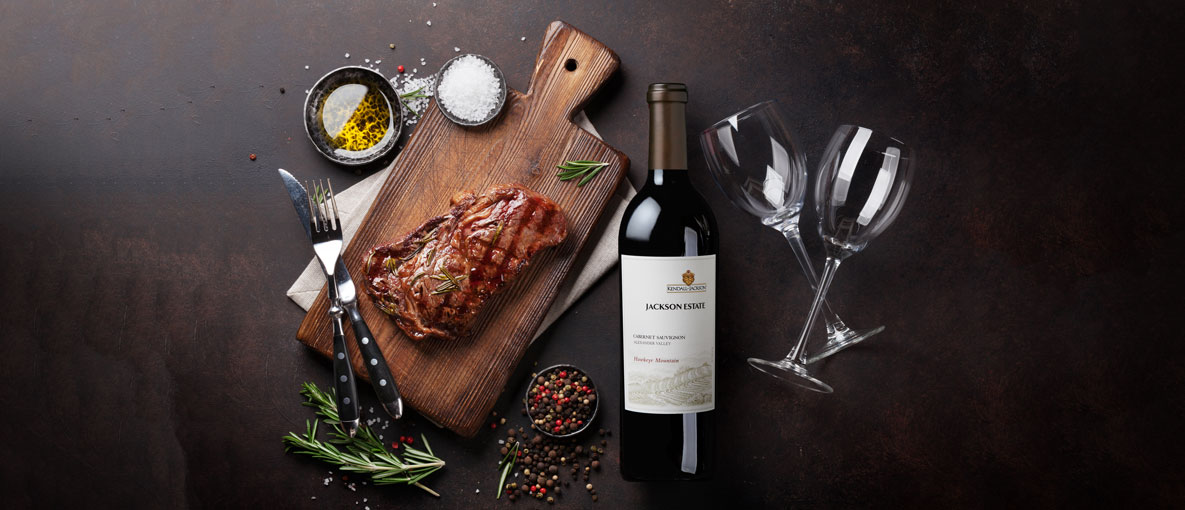Easy to Make Duck Confit Recipe
Not too long ago our resident curd nerd, Tracey Shepos Cenami, stumped some other chefs and I when she told us that duck confit should be aged before it was eaten. I wasn’t so sure, but she threw down the gauntlet and we tested her theory. Check out what she’s got to say about the experience. -Justin.
It’s really unusual when I can stump a kitchen full of experienced culinary minds. I was preparing a batch of duck legs to confit, casually stating that it should sit for at least 4 weeks after being cooked to develop flavor. My boss quizzically raised his eyebrows and posed the idea to the other chefs in the kitchen. They, too, had never heard this theory. They questioned my sources and, although I couldn’t remember specifically where I’d heard this info, I knew this was one of the many culinary tidbits that I had gathered over the years. I seized the opportunity.
In the culinary world there are two “bibles” that we all use when we need true answers about food, technique and history. They are Larousse Gastronomique and On Food and Cooking by Harold McGee, who also brought us the science behind our turkey test. The first is a classic; a culinary encyclopedia of sorts. The latter covers a more scientific side; the how’s and why’s. Neither one let me down. Both affirmed that authentic confit only gets better with time – we are talking a suggested 5-6 months.
After relishing my triumph, it was time to do my own test. Harold and Larousse certainly did their research, so why shouldn’t I? I confit’d a batch of duck legs and stored them in our walk-in cooler for 4 weeks. Over the course of the next month, I researched more contemporary mentors for their view on this theory.

But First, What is Duck Confit?
Duck confit is one of the cornerstones of French cuisine, a technique born from necessity and now celebrated for its luxurious flavor. At its core, confit is about preservation. Duck legs are first cured with salt and aromatics—like thyme, bay leaf, and juniper—then gently cooked in their own rendered fat at a low temperature until meltingly tender.
The result is meat that’s succulent, rich, and infused with layers of savory depth. Long before refrigeration, this method allowed duck to be stored for weeks or even months, the fat acting as a natural seal to lock in freshness. Today, confit is less about practicality and more about pleasure—an indulgent dish that captures the best of old-world tradition with timeless appeal.

Does Duck Confit Improve with Time?
In The Zuni Café Cookbook, Judy Rodgers writes that “confit will improve during the first month and then keep for months longer.” And I’m not typically one to brag, but in the Bouchon cookbook, Thomas Keller states, “confit is hard to resist straight out of the oven, but it’s even better cooled in its fat and refrigerated for up to 6 months.”
On Week 4 of my experiment I confit’d another batch of duck legs, using the same recipe and did a blind taste test with five others.
It only seemed right to invite Sonoma County’s own “Duck Man”, Jim Reichardt, from Sonoma County Poultry / Liberty Ducks, to add some insight. I asked Reichardt where his favorite duck confit was served and he replied, “I don’t actually order it because most people don’t age it properly and I have been disappointed.”
This unsolicited response only fueled my quest; so we tasted. Four out of six, including me, chose the aged duck as our favorite. The overall consensus was that the 4-week aged duck was juicier and more flavorful with a deeper saltiness. We also tried both with Vintner’s Reserve Pinot Noir and found that the more aged confit paired best.
Before I Tebow or do my victory dance, I have to admit that the findings were not as intense as Chef Justin, Jim and I hoped. Our culinary senses steered us to assume the older duck would be much richer and obviously different. Even though the majority chose the aged confit, we concluded that the difference was not so extreme as to change our methods to include the 4 week age. Jim did say that his past experiences had elicited a more drastic difference in flavor, but after our taste test he was swayed.
Key Ingredients for Duck Confit
At its heart, duck confit is simple but requires patience and quality ingredients. Here are the essentials:
- Duck Legs – Traditionally bone-in, skin-on legs are used for their rich flavor and perfect balance of meat and fat.
- Duck Fat – The slow cooking fat that gives confit its tender texture and preserves the meat.
- Garlic – Adds a savory depth that infuses the duck during its long, slow cook.
- Herbs – Classics like thyme, rosemary, and bay leaf create an aromatic, earthy base.
- Salt & Pepper – A generous seasoning that both preserves and enhances the natural flavors.

Duck Confit
Ingredients
- 6 duck legs, thighs attached
- 5 sprigs fresh thyme
- 1 Tbsp. whole black peppercorns
- ½ lb. kosher salt
- ¼ lb. sugar
- 1 Tbsp. fennel seed
- 1 bay leaf
- 1 Tbsp. juniper berries
- 1 quart duck fat
Instructions
- Place duck legs into a non-reactive perforated container. Evenly distribute and coat duck legs with salt and other ingredients, except duck fat. Cover with plastic wrap and place weight on top to press. Place pan into refrigerator overnight.
- Preheat the oven to 275⁰F.
- Rinse duck with cold water and pat dry with paper towels. Place duck into ovenproof pan and cover with melted duck fat. Cover pan with aluminum foil and place into oven. Cook until duck is tender and falling off of the bone, about 2½ hours.
- Remove pan from oven and let cool. When cool enough to handle, pick meat off of bones and shred. Discard any bones, fat, skin or gristle. Use the confit in your favorite recipe. To store left over confit, place into a container and cover with melted duck fat. Cool and refrigerate until needed.
How to Pair Duck Confit with Wine
Duck confit is rich, savory, and luxurious, which makes it a dream for wine lovers. The slow-cooked duck has a deep, earthy flavor with a silky texture, so it needs a wine with enough structure to complement the richness while also offering balance.
Red wines like Pinot Noir are classic partners, with their bright acidity and red fruit notes that cut through the fat while enhancing the duck’s gamey depth. A fuller-bodied Cabernet Sauvignon can also work beautifully, especially when the dish is served with heartier sides like lentils or roasted root vegetables.
For those who enjoy whites, a textured Chardonnay with a touch of oak can create an unexpected but elegant pairing, offering just enough weight to stand up to the dish. The Kendall-Jackson Vintner’s Reserve Chardonnay is a perfect choice and widely considered among the best Chardonnay under $20, thanks to its balance of citrus, tropical fruit, and subtle oak.
If you prefer to lean into red, Kendall-Jackson’s Vintner’s Reserve Pinot Noir offers a vibrant and versatile option, while the Grand Reserve Cabernet Sauvignon provides the bold structure to match the dish’s richness.



